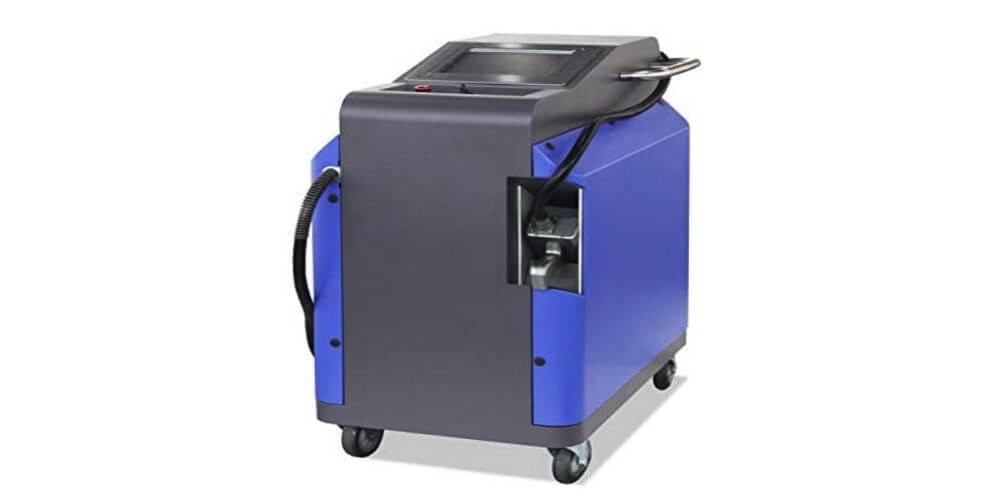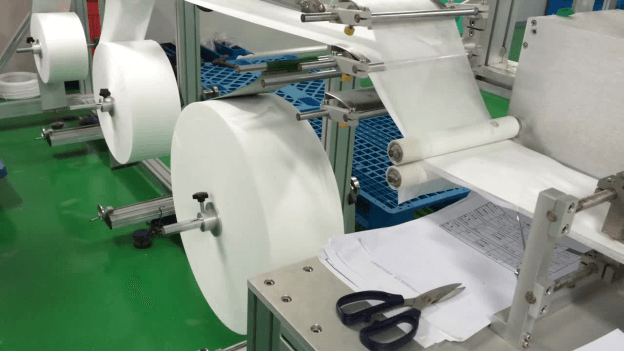
With the evolving world of technology, work has been made even easier. For instance, cleaning grease and rust on metals is no longer an overwhelming task, thanks to laser cleaning machines.
But how well do you know about 1000w rust cleaning laser? Laser cleaning is merely the safest method to remove substrates from a material. Interestingly, the dirt can be removed effectively without scraping or damaging the original material.
They usually work in the manner that they focus the energy on the section of the material you’re cleaning. Therefore, that way, they remove a fine layer of that particular surface, leaving behind only a clean material.
What are the advantages of laser rust cleaners?
There’s no denying that the benefits of using laser machines to remove rust from products are unlimited. For instance, they help speed up the production/repair process and provide a cost-effective alternative.
Benefits of Laser Cleaners
Cleaning with a laser is a chemical-free process. Therefore, laser cleaning is a safer method that’s most applicable in the medicine and food industry.
The method is also automated as well as easily controllable. Moreover, the integration and automation with existing systems offer an easy as well as a tech-savvy investment option for businesses.
With the laser machines, you don’t need to apply high-pressure mechanisms to remove the rust from surfaces.
Laser cleaning doesn’t change the chemical composition of your material. Therefore, the method is a first choice alternative, especially when cleaning the chemically safe containers.
Unlike other cleaning methods, once you clean your product with a laser, the final product is usually finer.
It’s very easy to manage the laser machines when compared to conventional cleaning methods.
Laser cleaning machines help to save both money and time as total manpower, as well as the working time is reduced manifolds.
As much as laser cleaning machines look like the real deal, everything is not as smooth as it may seem. If you don’t take care, you might find yourself running into some trouble. For instance, the process requires great care with the operator equipped with knowledge.
Also, the operator should have not only knowledge about laser but also have top-notch knowledge about surface profiling. The fact that the initial cost for training as well as the actual price of the laser machine is high makes the entire process expensive; however, the long-term advantages are cost-effective.
Laser Cleaning Machine Uses
Laser technology is widely used in a plethora of industries. At first, the technology was widely applied in the metallic industries, but as time evolves, the technology has found its place in the non-metallic cleaning industry.
The technology can be used to clean the surface of materials, cleaning of molds, and cleaning welds. Always you should ensure that you use the right laser; otherwise, if you use the wrong laser, you run a risk of;
- Damaging the product
- Wasting money on ineffective results
- Not achieving proper cleaning on your products.
- Laser being slow
- Laser being fast and resulting in poor results.




















